Are you curious about wearable technology? Wearable technology pertains to electronic gadgets that can be worn on the body. These devices are designed to be user-friendly and convenient, offering a variety of features and benefits to the users.
Wearable technology comes in different forms, including smartwatches, fitness trackers, and smart glasses. These devices can be worn all day long, granting users access to features and information that can assist them in staying connected, tracking their fitness goals, and performing other functions. Additionally, some wearable technology is designed to be implanted in the body, offering a range of medical benefits.
If you’re interested in wearable technology, there’s much to learn. Whether you’re interested in learning about the various types of wearable devices or exploring the advantages and disadvantages of this technology, there’s a wealth of information to discover. Whether you’re a tech enthusiast or simply curious about the latest gadgets, wearable technology is an exciting and rapidly evolving field worth exploring.
Table of Contents
Types of Wearable Technology
Wearable technology has evolved significantly since its inception. Today, there is a vast array of wearable devices available in the market that cater to different needs. Here are some of the most popular types of wearable technology:
Smartwatches
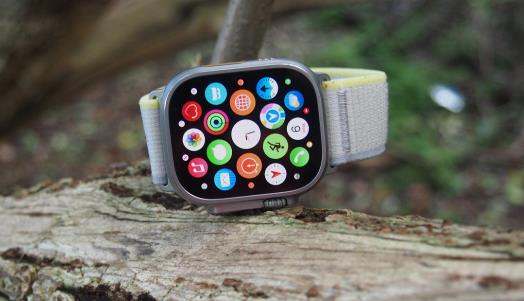
Smartwatches are among the most popular types of wearable technology. They are wristwatches with various features, such as fitness tracking, notifications, GPS, and more. Additionally, they can be synced with your smartphone, enabling you to access your phone’s features from your wrist.
Fitness Trackers
![]()
Fitness trackers are intended to assist you in monitoring your fitness goals. They come with various features such as step tracking, heart rate monitoring, and sleep tracking. They can also be synced with your smartphone, allowing you to access your fitness data on the go.
Smart Clothing
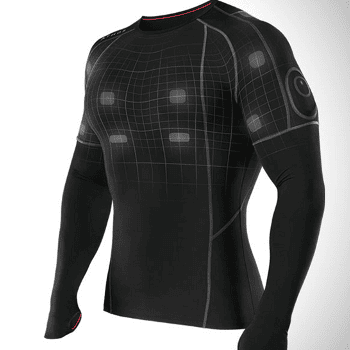
Smart clothing is a new type of wearable technology that includes smart shoes, smart gloves, smart socks, and more. It is equipped with sensors and electronic components that are embedded in the clothing. Smart clothing has various applications such as tracking fitness goals, monitoring posture, and more.
VR Headsets
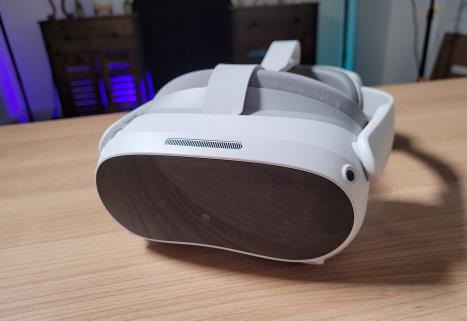
One type of wearable technology that is gaining popularity is VR headsets. These head-mounted displays allow users to experience virtual reality and are often utilized for entertainment and gaming.
Smart Glasses
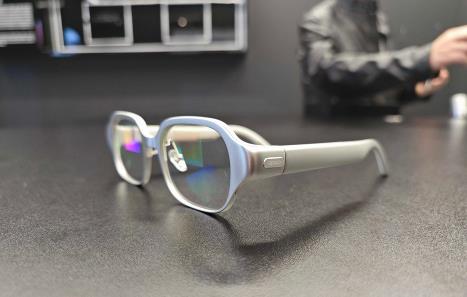
Smart glasses are similar to VR headsets but designed for more practical purposes. They come with various features like GPS, voice recognition, and more. They can be used for multiple purposes, such as navigation, hands-free calling, etc.
Healthcare Devices
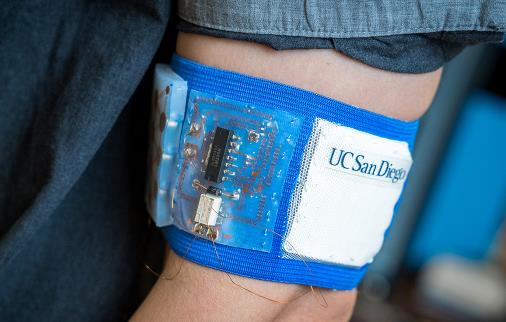
Healthcare devices are designed to help you monitor and manage your health. They come with various features, such as blood pressure monitoring, glucose monitoring, and more. They can be used by individuals with chronic conditions or healthcare professionals to monitor their patients.
To sum up, wearable technology has made significant progress in recent years. A wide range of wearable devices, from smartwatches to healthcare devices, are now available in the market to cater to different needs. Whether you are striving to track your fitness objectives or manage your health, there is a wearable device available that can assist you in achieving your goals.
Functionality and Features
Wearable technology is an attractive option for many people due to the variety of features and functionalities it offers. Here are some of the most popular features that you can expect from wearable devices:
Health and Fitness Monitoring
A lot of wearable devices feature sensors that can monitor your heart rate, activity levels, steps taken, and calories burned. Certain devices can even monitor your sleep patterns and provide suggestions on how to enhance your sleep quality.
Communication and Notifications
Wearable devices can also help you stay connected with the world around you. They can alert you to incoming calls, text messages, and emails and even allow you to respond without taking out your phone. In addition, some devices come with built-in speakers and microphones, enabling you to make phone calls directly from your wrist.
Navigation and Connectivity
Wearable devices can also help you navigate your surroundings more easily. Many devices come equipped with GPS, allowing you to get real-time directions to your destination. Furthermore, these devices can connect to the internet using Wi-Fi or Bluetooth, giving you access to apps and other online services.
Entertainment
Finally, wearable devices can also provide entertainment on the go. Many devices come equipped with music players, allowing you to listen to your favorite tunes without carrying a separate device. Some devices also have built-in cameras, allowing you to capture photos and videos on the go.
Wearable technology provides a plethora of features that can help you stay connected, track your health and fitness progress, navigate your surroundings, and even provide entertainment. With so many options available, there’s sure to be a wearable device that’s right for you.
Design and Fashion in Wearable Tech
The wearable technology has evolved significantly from its early days as bulky and unattractive gadgets. Wearable tech has become a fashion statement that blends technology with style. Designers and fashion brands are now collaborating with tech companies to create wearable tech that is both functional and fashionable.
One of the most popular wearable tech accessories is smartwatches. These devices are functional and come in various designs and styles to fit your fashion sense. You can choose from multiple smartwatches with features like fitness tracking, notifications, and voice commands.
Another wearable tech accessory that has become popular in recent years is smart jewelry. These pieces of jewelry are designed to look stylish while also incorporating technology. Smart jewelry can track your fitness, monitor your sleep, and even notify you. Some smart jewelry pieces also have emergency features that alert your loved ones.
Wearable tech is also making its way into the fashion industry. Smart clothing is becoming popular, with designers incorporating technology into their designs. Smart clothing can do everything from monitoring your heart rate to adjusting the temperature of your clothing. Certain smart clothing items even feature built-in speakers, enabling you to listen to music while on the move.
In conclusion, wearable tech is no longer just about functionality. It has become a fashion statement that blends technology with style. With designers and fashion brands collaborating with tech companies, wearable tech has evolved into a fashion accessory that is both functional and fashionable. Whether it’s smartwatches, smart jewelry, or smart clothing, wearable tech offers everyone something.
Role of AI and IoT in Wearable Tech
Wearable technology has come a long way since its inception, and with advancements in AI and IoT, it has become more sophisticated and efficient. Integrating AI and IoT has enabled wearables to collect and process vast amounts of data, making them more intelligent and responsive.
One of the critical roles of AI in wearable technology is to provide personalized and predictive experiences. AI algorithms can analyze user data and provide customized recommendations based on the user’s behavior and preferences. It can also predict future behaviors and offer proactive suggestions to improve health and wellness.
IoT Development plays a significant role in wearable technology by enabling devices to communicate with each other and with other systems. Wearables can collect data from various sources, including sensors, smartphones, and other devices, and transmit it to the cloud for processing and analysis. This data can offer valuable insights into user behavior and health, enabling wearables to offer more accurate and personalized recommendations. Integrating AI and IoT has also enabled wearables to become more autonomous. Wearables can now perform tasks without user input, such as adjusting the temperature or lighting in a room based on the user’s preferences. This level of automation has made wearables more convenient and efficient, enabling users to focus on other tasks.
To sum up, the integration of AI and IoT has been instrumental in the progress of wearable technology. It has enabled wearables to become more intelligent, personalized, and autonomous, providing users with a more efficient and convenient experience. With continued advancements in AI and IoT, the future of wearable technology looks promising.
Future Trends and Innovations
Wearable technology has come a long way in recent years and will only continue to evolve. Innovations in technology, advanced textiles, and sustainability contribute to the future of wearable tech. Here are some exciting trends to look out for:
Health Monitoring
One of the most significant trends in wearable technology is health monitoring. Wearables are already being used to track steps, heart rate, and sleep, but the future holds even more possibilities. Wearables will soon be able to monitor blood sugar levels, hydration, and stress levels. This will allow individuals to track their health in real-time and make lifestyle changes accordingly.
Advanced Textiles
Advanced textiles are another trend to keep an eye on. Wearable technology is becoming more integrated into clothing, making it more comfortable and convenient. Developers are working on smart fabrics that can change color or texture based on environmental factors like temperature or humidity. This technology could be used in clothing for athletes or outdoor enthusiasts.
Sustainability Technology
Sustainability is becoming increasingly important, and wearable technology is no exception. Companies are developing wearable devices that are made from sustainable materials and are designed to be recycled. Wearables also monitor environmental factors, such as air quality and pollution levels. This technology could help individuals make more informed decisions about their daily activities and reduce their carbon footprint.
All in all, the future of wearable technology is promising and brimming with possibilities. Wearables are becoming more integrated into our daily lives, from health monitoring to advanced textiles and sustainability technology. Keep an eye out for these trends and innovations as they continue to shape the world of wearable technology.

